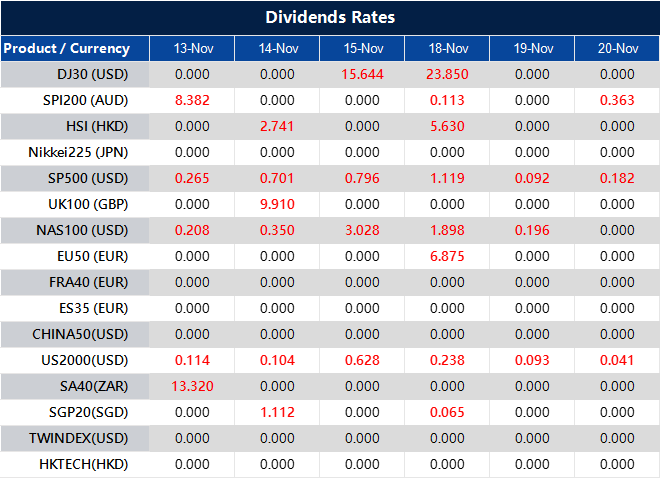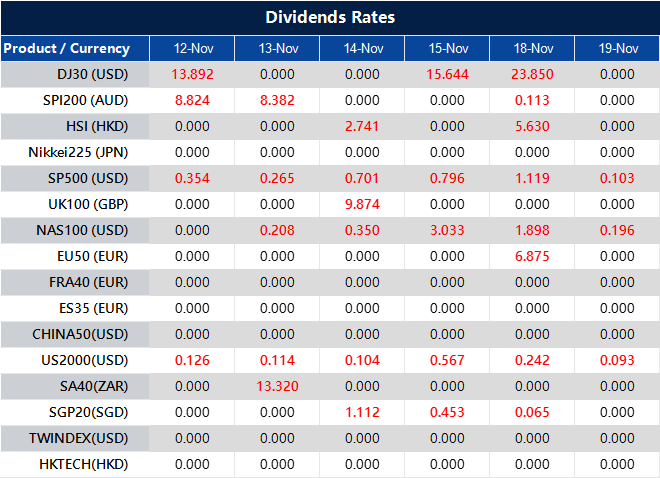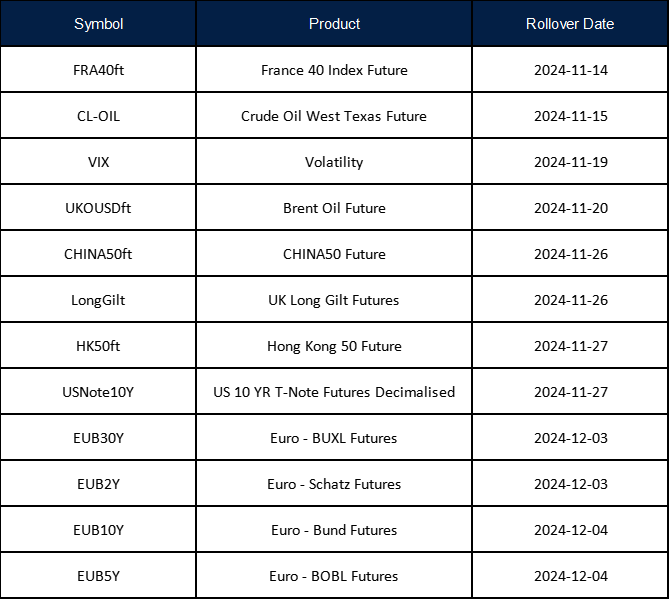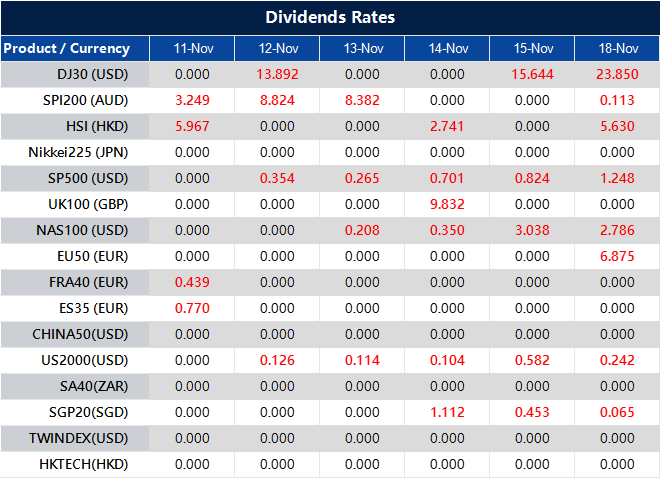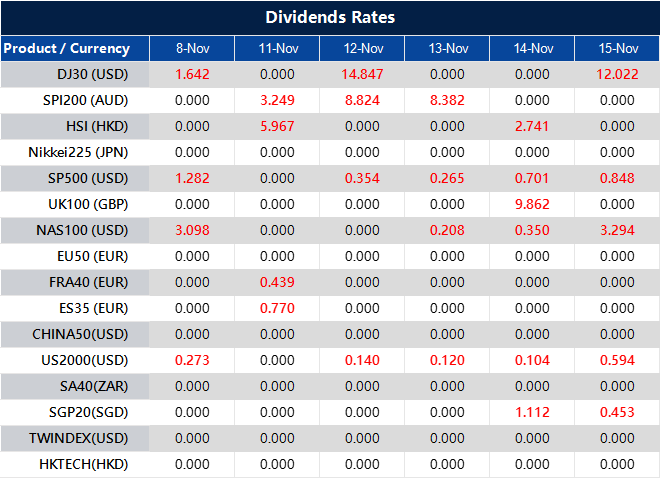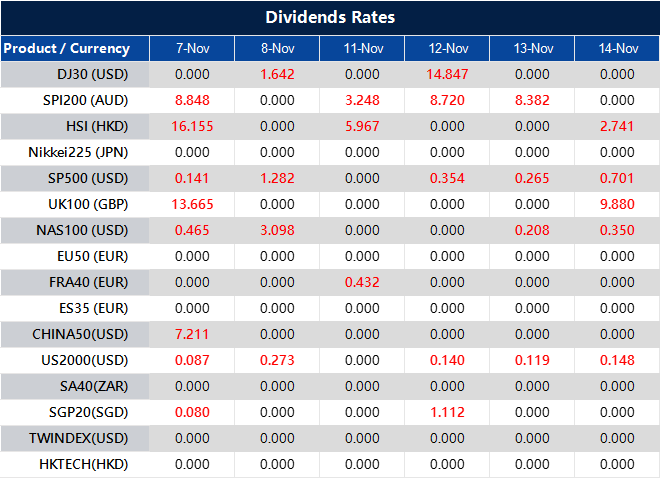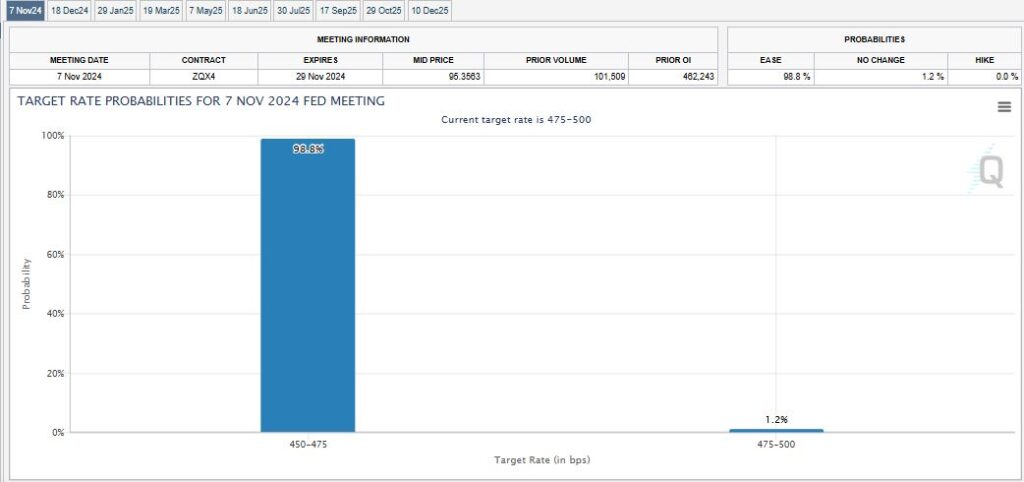Soft Commodities Trading In Hong Kong
Hong Kong’s dynamic market has increasingly opened up avenues for soft commodities trading, a sector encompassing agricultural products like coffee, sugar, cotton, and cocoa. For traders seeking to diversify their portfolios or hedge against inflation, trading soft commodities offers valuable opportunities, often less volatile than financial assets like forex or equities. This guide provides a comprehensive overview of soft commodities trading in Hong Kong, covering the types of soft commodities available, market influences, and strategies for success.
Why Trade Soft Commodities in Hong Kong?
Hong Kong’s position as a global financial center, bridging Asia and the world, makes it an ideal hub for trading soft commodities. Here are some key benefits:
- Diverse Market Access: Hong Kong offers access to global commodities markets, including exchanges in the U.S., Europe, and Asia, allowing traders to diversify across agricultural products.
- Hedging Against Inflation: Unlike traditional equities, soft commodities often increase in value during inflationary periods, making them attractive as a hedge in volatile markets.
- Regulated Environment: Hong Kong’s Securities and Futures Commission (SFC) ensures that commodities trading operates within a secure, transparent framework, helping traders minimize risks associated with fraudulent practices.
Types of Soft Commodities Available for Trading in Hong Kong
Soft commodities typically fall into a few primary categories. Each commodity is subject to its own unique market conditions, supply chains, and influences:
- Coffee: Coffee prices are heavily influenced by factors like weather conditions, global demand, and political developments in key producing countries (e.g., Brazil and Vietnam).
- Sugar: Sugar, another popular soft commodity, sees price fluctuations based on factors such as global health trends, government subsidies, and shifts in energy markets, as sugarcane is often used in biofuel production.
- Cotton: Cotton is essential for the textile industry, making it sensitive to global fashion trends, tariffs, and climate conditions in major producing regions like India, the U.S., and China.
- Cocoa: Cocoa prices depend on political stability in producing countries (primarily in West Africa) and consumer demand for chocolate and confectionery products.
- Orange Juice: Prices for orange juice, often overlooked, are influenced by crop yields, disease outbreaks (e.g., citrus greening), and changing consumer preferences.
Each soft commodity offers distinct trading opportunities and risks, so traders in Hong Kong must understand the unique supply-demand factors affecting each market.
Factors Influencing Soft Commodities Prices
Soft commodities are particularly susceptible to several critical factors, making them an interesting yet complex asset class:
- Weather Conditions: Unfavorable weather (such as droughts, floods, or frost) can reduce crop yields, leading to supply shortages and price spikes.
- Geopolitical Events: Political instability in major producing countries affects supply chains, potentially disrupting production and driving up prices.
- Currency Fluctuations: Soft commodities are globally traded, often priced in U.S. dollars. Exchange rate changes can affect import and export costs, impacting commodity prices in Hong Kong.
- Consumer Demand: Global consumption trends, such as the demand for organic or sustainably sourced products, can alter supply-demand dynamics for specific commodities.
- Seasonality: Many soft commodities follow seasonal cycles. For example, cocoa prices tend to rise during the dry season in producing regions due to lower crop yields.
Understanding these factors is essential for managing risk and timing entries and exits effectively in soft commodities trading.
How to Start Trading Soft Commodities in Hong Kong
Getting started with soft commodities trading involves several crucial steps:
- Choose a Reputable Broker: Select a broker that offers soft commodities trading, preferably one that is regulated. Brokers like VT Markets allow Hong Kong traders to access commodities markets with comprehensive trading tools.
- Use a Demo Account for Practice: New traders should begin by using a demo account to practice trading without financial risk. This allows you to understand how commodity contracts work and test trading strategies.
- Select Your Preferred Trading Platform: Choose a platform that supports advanced charting, real-time market data, and customizable indicators. VT Markets offers access to MetaTrader 4 (MT4) and MetaTrader 5 (MT5), both known for robust technical analysis tools ideal for commodities trading.
- Set Risk Management Parameters: Given the inherent volatility in soft commodities, it’s critical to set stop-loss orders, use lower leverage, and diversify to minimize potential losses.
By following these steps, Hong Kong traders can enter the soft commodities market with greater confidence and control over their investments.
Popular Soft Commodities Trading Strategies
Soft commodities respond to unique supply-demand drivers, making certain strategies particularly effective:
- Trend Following: Since commodities often exhibit strong directional trends due to seasonal cycles or economic shifts, trend-following strategies can capitalize on sustained price movements.
- Seasonal Trading: Many agricultural commodities experience predictable seasonal price shifts, allowing traders to anticipate movements. For example, coffee prices often rise before harvest periods when demand increases.
- Fundamental Analysis: Traders who understand the fundamentals affecting supply and demand, such as weather patterns or policy changes, can make informed trades based on anticipated price shifts.
- Hedging with Commodities: Traders can use soft commodities as a hedge against inflation or stock market volatility. For example, during market downturns, commodities like cocoa or coffee may retain value as global demand remains consistent.
Risk Management in Soft Commodities Trading
While soft commodities trading offers promising opportunities, managing risk is essential for long-term success. Here are key risk management strategies:
- Limit Leverage Usage: Commodities can be volatile; high leverage amplifies both gains and losses. Start with lower leverage, especially if you’re new to commodities trading.
- Set Stop-Loss Orders: Stop-loss orders automatically close positions when prices reach a certain level, preventing significant losses during unexpected market shifts.
- Diversify Across Commodities: Spread your capital across various soft commodities to reduce exposure to any single market. This helps mitigate risk, as poor performance in one commodity may be offset by gains in another.
- Stay Informed on Global Events: Regularly monitor news on key producing countries and economic reports that can affect commodity prices. VT Markets provides real-time news feeds and economic calendars to help traders stay updated.
Effective risk management helps protect your capital and ensures that you can trade in the commodities market over the long term, even during periods of heightened volatility.
How VT Markets Supports Soft Commodities Trading in Hong Kong
VT Markets offers an array of tools and features specifically tailored for soft commodities trading. Here’s how they help traders in Hong Kong:
- Advanced Trading Platforms: VT Markets provides access to MT4 and MT5, which include charting tools, technical indicators, and automated trading capabilities that allow traders to refine and implement complex strategies.
- Market Insights and News: The platform provides up-to-date market news and insights, giving traders the information needed to understand current market trends and upcoming economic events.
- Risk Management Tools: VT Markets offers features like stop-loss and take-profit orders, allowing traders to set predefined risk limits for their positions.
- Educational Resources: For beginners, VT Markets offers educational resources on commodities trading, from webinars to tutorials on technical and fundamental analysis, helping traders develop a comprehensive approach to the soft commodities market.
With these resources, VT Markets enables traders to approach the soft commodities market confidently and maximize their trading potential.
FAQ: Soft Commodities Trading in Hong Kong
What are soft commodities, and how do they differ from hard commodities?
Soft commodities refer to agricultural products like coffee, sugar, and cotton, which are perishable. Hard commodities, like metals or oil, are mined and do not perish, making their market dynamics distinct.
Is trading soft commodities suitable for beginners?
Yes, with a solid understanding of market influences and risk management practices, beginners can trade soft commodities. Using a demo account is advisable for gaining initial experience without financial risk.
How does seasonality affect soft commodities prices?
Many soft commodities have seasonal production cycles (like coffee or cocoa), which influence prices. For instance, harvest periods may lead to supply increases, potentially lowering prices.
Can soft commodities be used to hedge other investments?
Absolutely. Soft commodities often serve as a hedge against inflation and equity market volatility, providing a stable store of value during economic downturns.
What factors impact soft commodities prices the most?
Key factors include weather conditions, geopolitical events, currency fluctuations, and global demand. Understanding these can help traders anticipate market trends.
Why should I choose a regulated broker like VT Markets for commodities trading?
Regulated brokers ensure transparency and adhere to strict industry standards, offering greater security for traders. VT Markets is regulated, providing tools and resources for safe and informed trading.
What are the best trading strategies for soft commodities?
Effective strategies include trend following, seasonal trading, and fundamental analysis. Combining these can help traders leverage both technical and market-driven insights.
Is leverage recommended for soft commodities trading?
While leverage can enhance returns, it increases risk. Beginners should use low leverage and consider setting stop-loss orders to minimize potential losses.
Conclusion: Start Trading Soft Commodities in Hong Kong with VT Markets
Soft commodities trading in Hong Kong presents an exciting opportunity for diversification and hedging in today’s dynamic markets. By understanding the key factors and risks involved and using effective trading strategies, traders can capitalize on the unique characteristics of commodities like coffee, cotton, and sugar. VT Markets provides Hong Kong traders with the tools, insights, and platforms necessary to make informed decisions and succeed in the commodities market.
Ready to begin your journey in soft commodities trading? Open an account with VT Markets today and gain access to top trading platforms, market insights, and risk management features designed for success.
